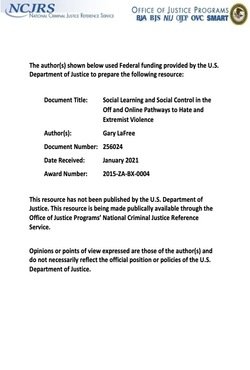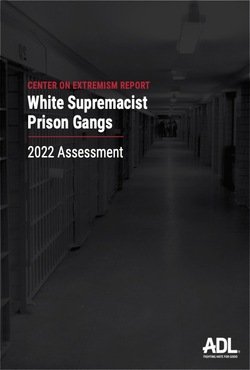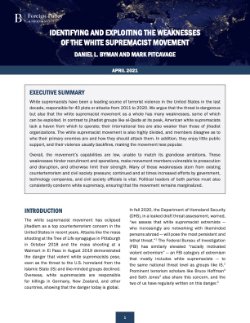By Gary LaFree
In this overview, we report on the purpose of the grant, the data collected, the project design and methods, the data analysis, the findings and the implications for criminal justice policy in the United States. The grant proposal included three data analysis sections: (1) a large-N analysis of extremist hate offenders and other political extremists from the Extremist Crime Database (ECDB) and the Profiles of Radicalization in the United States (PIRUS) data; (2) a set of original case studies on individuals either connected to hate crime or politically motivated extremism; and (3) the social media experiences of more than 25 offenders who have engaged in violent and non-violent activities in hate groups and more than 25 offenders who have engaged in either violent or non-violent activities in extremist political groups. We review the contributions of each before closing with a brief set of conclusions.
College Park, MD: National Consortium for the Study of Terrorism and Responses to Terrorism (START), 2019. 13p.






